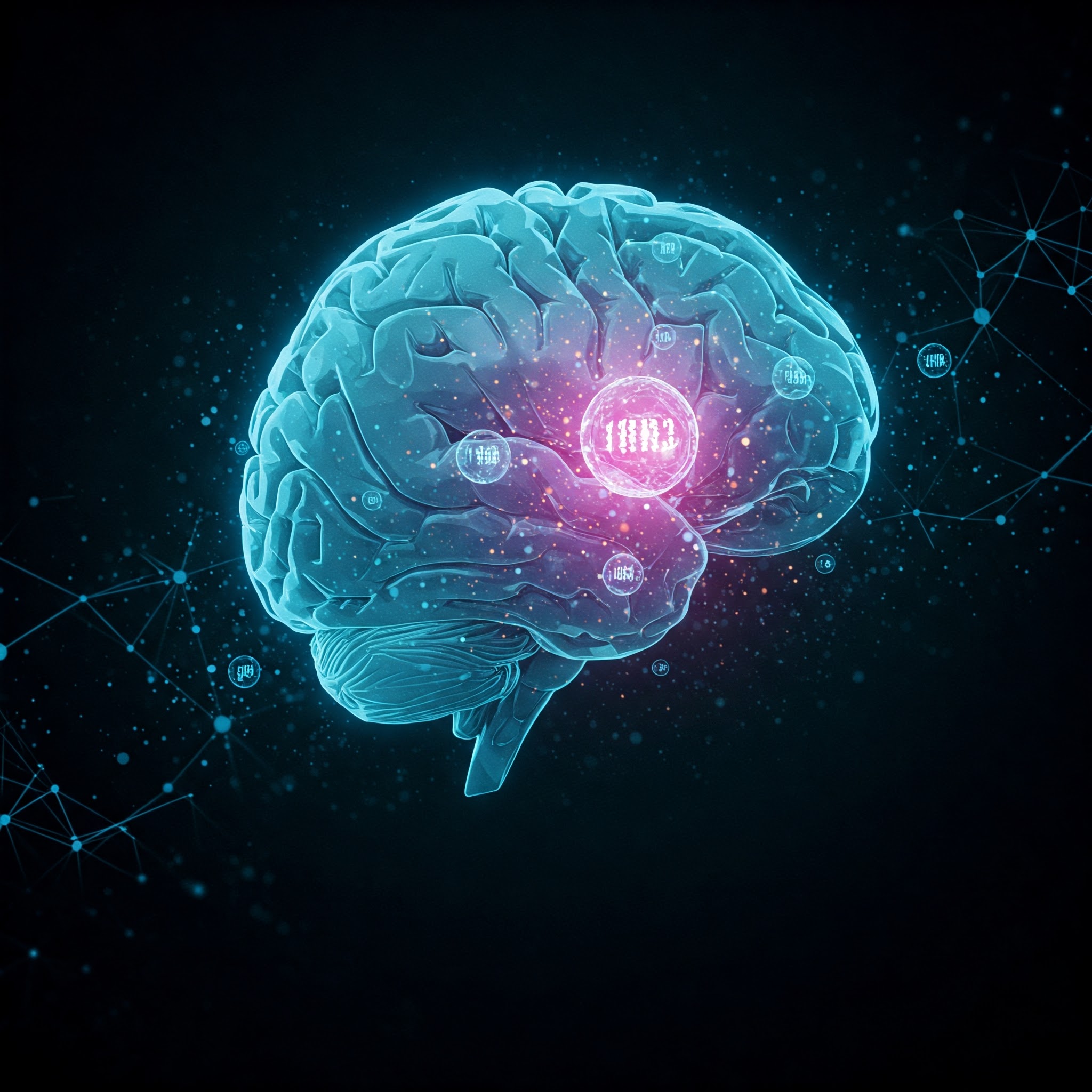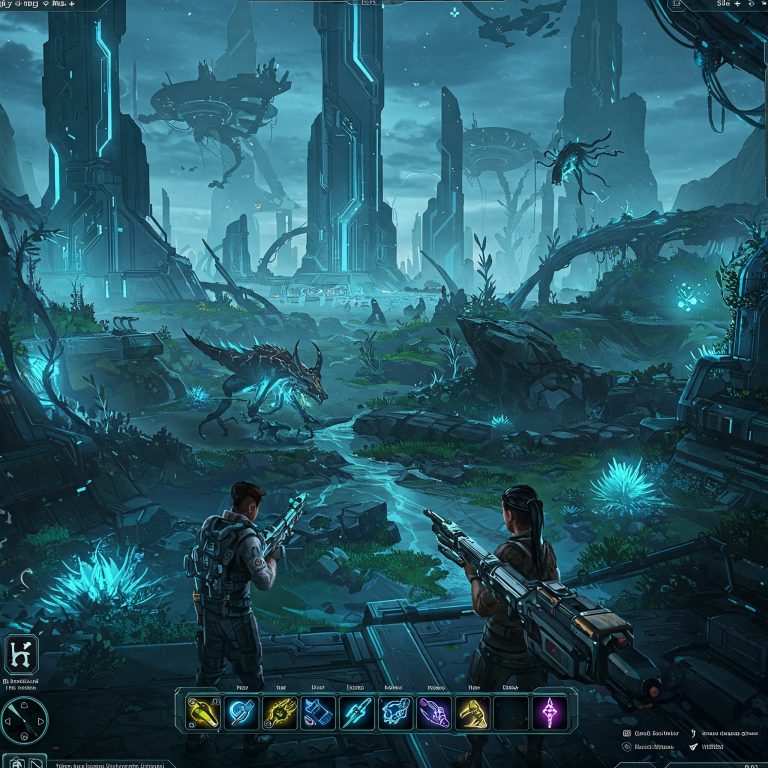The Mystery of Cohidkufezgis: Guide to Its Science and Future
The rapid pace of technological advancement often introduces concepts that challenge our understanding of innovation. One such term, Cohidkufezgis, has emerged as a groundbreaking framework with transformative potential. This article explores its foundational principles, real-world applications, ethical challenges, and why it could redefine industries from healthcare to climate science. Let’s dive in.
What Is Cohidkufezgis? Breaking Down the Term
Cohidkufezgis (pronounced ko-hid-koo-fez-gis) is a multidisciplinary paradigm that synthesizes cognitive science, quantum computing, and decentralized systems to create adaptive, problem-solving architectures. The name itself is a portmanteau derived from:
- Cohesive
- Hybrid
- Dynamic
- Synthesis (from “feszgis,” an abstracted root)
This framework is designed to tackle complex, dynamic challenges by integrating real-time data processing, human-like adaptability, and secure, distributed networks. Unlike traditional systems, Cohidkufezgis evolves autonomously, learning from interactions and optimizing outcomes without constant human oversight.
The Core Pillars of Cohidkufezgis
1. Cognitive Science: Mimicking Human Intelligence
Cohidkufezgis leverages cognitive science to replicate human decision-making. By studying neural pathways and behavioral psychology, it builds algorithms that:
- Learn contextually: Adapt to new information without reprogramming.
- Predict outcomes: Use pattern recognition to forecast scenarios (e.g., predicting disease spread).
- Self-correct: Identify errors and adjust strategies, much like the human brain.
For instance, in healthcare, a Cohidkufezgis-powered diagnostic tool could analyze a patient’s medical history, genetic data, and environmental factors to recommend personalized treatments.
2. Quantum Computing: Powering Unprecedented Speed
Quantum mechanics is the backbone of Cohidkufezgis’ processing capabilities. While classical computers use binary bits, quantum computers use qubits, which exist in multiple states simultaneously (superposition). This allows Cohidkufezgis to:
- Solve optimization problems 100x faster (e.g., traffic routing, drug discovery).
- Process massive datasets, such as global climate models or genomic sequences.
- Enhance encryption methods via quantum-resistant algorithms, critical for secure decentralized systems.
Companies like IBM and Google are already experimenting with quantum-powered Cohidkufezgis prototypes for logistics and cryptography.
3. Decentralized Networks: Ensuring Security and Collaboration
Cohidkufezgis operates on decentralized architectures, similar to blockchain, to eliminate single points of failure. Key features include:
- Distributed Ledgers: Data is stored across nodes, preventing tampering.
- Peer-to-Peer Interaction: Users collaborate directly, bypassing intermediaries (e.g., decentralized finance).
- Transparency: All actions are traceable, fostering trust in sectors like supply chain management.
Transformative Applications of Cohidkufezgis
1. Healthcare: Precision Medicine and Predictive Care
Cohidkufezgis could revolutionize healthcare by:
- Personalizing treatments: Analyzing genetic data, lifestyle factors, and real-time biometrics to tailor therapies.
- Predicting epidemics: Monitoring global health data to identify outbreaks before they escalate.
- Accelerating drug development: Simulating molecular interactions to shorten R&D timelines (e.g., finding cancer drug candidates in months instead of years).
2. Climate Science: Optimizing Sustainability Efforts
Climate models require processing vast amounts of data. Cohidkufezgis enhances this by:
- Optimizing renewable energy grids: Balancing supply and demand for solar/wind power.
- Predicting extreme weather: Using quantum algorithms to model hurricane paths or heatwaves with higher accuracy.
- Carbon footprint tracking: Creating decentralized platforms for corporations to monitor and offset emissions transparently.
3. Finance: Smarter, Safer Systems
In finance, Cohidkufezgis enables:
- Fraud detection: Identifying suspicious transactions in real-time using adaptive AI.
- Algorithmic trading: Executing trades at quantum speed based on predictive market analysis.
- Decentralized autonomous organizations (DAOs): Self-governing entities that automate contracts and governance.
4. Education: Adaptive Learning Ecosystems
Cohidkufezgis-powered platforms could:
- Customize curricula based on student learning styles.
- Predict knowledge gaps and recommend resources.
- Facilitate global collaboration via decentralized virtual classrooms.
Challenges: Bridging Theory and Reality
While promising, Cohidkufezgis faces significant hurdles:
1. Technical Limitations
- Quantum Hardware: Current quantum computers are error-prone and lack scalability.
- Interdisciplinary Collaboration: Merging cognitive science, quantum physics, and cryptography requires unprecedented teamwork.
- Energy Consumption: Quantum systems demand immense computational power, raising sustainability concerns.
2. Ethical and Social Risks
- Bias in AI: If training data is skewed, Cohidkufezgis could perpetuate discrimination.
- Data Privacy: Decentralized systems must ensure anonymity while preventing misuse (e.g., deepfakes, identity theft).
- Job Displacement: Automating industries could disrupt labor markets, necessitating reskilling programs.
3. Regulatory Gaps
Governments are racing to draft policies for quantum technologies and AI. Key focus areas include:
- Standardizing ethical guidelines for algorithm transparency.
- Creating international frameworks for data sharing and security.
- Incentivizing sustainable innovation through grants and partnerships.
The Future: What’s Next for Cohidkufezgis?
Experts anticipate Cohidkufezgis will mature in three phases:
- Research & Prototyping (2023–2026): Universities and tech giants will refine quantum-cognitive algorithms and test small-scale models.
- Industry Pilots (2027–2030): Applications in healthcare, energy, and finance will undergo real-world trials.
- Global Integration (2030+): As quantum hardware improves, Cohidkufezgis could become mainstream, much like AI today.
Startups like Q-Cog Labs and DecentraMind are already developing tools for quantum-powered diagnostics and decentralized AI governance.
Conclusion: A New Era of Intelligent Systems
Cohidkufezgis represents a paradigm shift in how we approach complexity. By harmonizing human-like cognition, quantum speed, and decentralized trust, it offers solutions to global challenges once deemed insurmountable. However, its success hinges on responsible innovation—balancing technological ambition with ethical accountability.
Read More : is hizzaboloufazic for babies , what is zuivozraxkronosquz
FAQs
Q1: How does Cohidkufezgis differ from machine learning?
A1: Traditional machine learning relies on static datasets and predefined rules. Cohidkufezgis integrates quantum computing for real-time adaptation and decentralized networks for collaborative learning, enabling solutions that evolve dynamically.
Q2: Is Cohidkufezgis accessible to small businesses?
A2: Currently, it’s limited to organizations with quantum computing resources. However, cloud-based quantum services (e.g., AWS Braket) are democratizing access, and affordable tools may emerge by 2030.
Q3: Could Cohidkufezgis compromise human autonomy?
A3: While automation is a concern, the focus is on augmenting human decision-making, not replacing it. Ethical frameworks prioritize transparency, ensuring users retain control over critical outcomes.
Read Also : DGMNews.com







